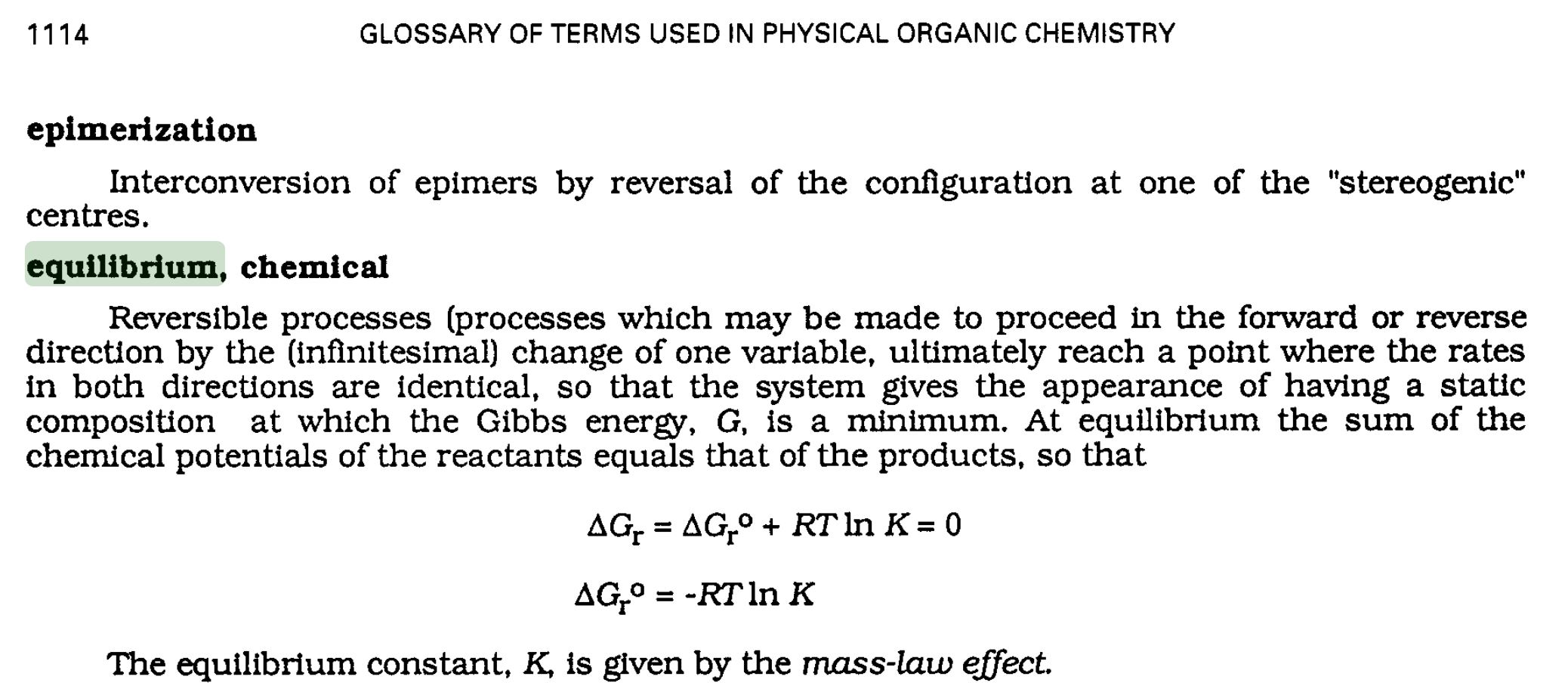Reversible reaction
According to Merriam Webster, a reversible reaction is:
a reaction that takes place in either direction according to conditions (as the formation of hydriodic acid by union of hydrogen and iodine or its decomposition into these elements)
For this type of reaction, you would use a double-harpoon to write the chemical equation:
$$\ce{H2(g) + I2(g) <=> 2HI(g)}$$
and would be able to write an equilibrium constant expression
$$K = \frac{[\ce{HI}]^2}{[\ce{H2}][\ce{I2}]}$$
with [] denoting activity or fugacity. If you start with pure reactants, the reaction would go forward (decrease in reactants, increase in products). If you start with pure products, the reaction would go backwards (increase in reactants, decrease in products). Once the reaction has reached equilibrium, concentrations would no longer change.
In any case, reactions in both directions would occur at the particular level. When the reaction is at equilibrium, you just won't know at the macroscopic level and would have to disturb the equilibrium to see macroscopic changes again.
Reversible process
Again according to Merriam Webster, a reversible process is:
an ideal process or series of changes of a system which is in complete equilibrium at each stage such that when the process is reversed each of the changes both internal and external is reversed but with the amount of transferred energy unaltered
Applied to chemical reactions, a reversible process is one where the Gibbs energy is constant throughout (or where the entropy of the universe is not increased by it). We would not expect any macroscopic changes (the process is at equilibrium), which why this is an ideal process (not real). The closest real process is one where the system is near equilibrium, and the increase in entropy of the universe is minimal.
What does IUPAC say?
The IUPAC Gold book makes reference to a paper (DOI: https://doi.org/10.1351/pac199466051077) offering a glossary of terms used in physical organic chemistry. In their definition of chemical equilibrium, it says:
While the definition of reversible process matches the one I cite above, and they use the same notation for the equilibrium reaction. However, the connection between reversible process and chemical equilibrium surprises me. When a reaction approaches equilibrium, the Gibbs energy does change, and it will not return to the initial state unless work is done on the system. Maybe the confusion regarding reversible process vs. reaction stems in part from this. [1]: https://i.sstatic.net/3orRQ.jpg

